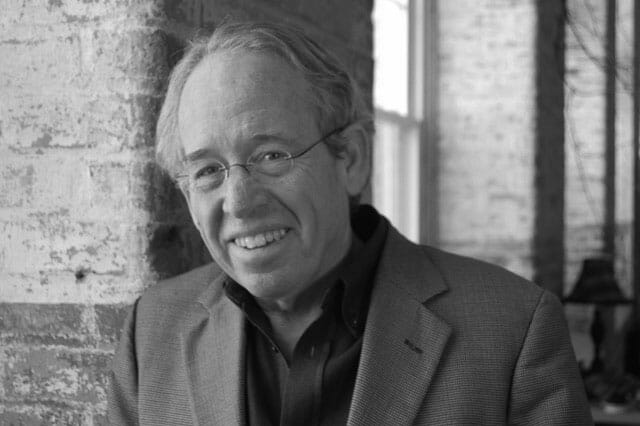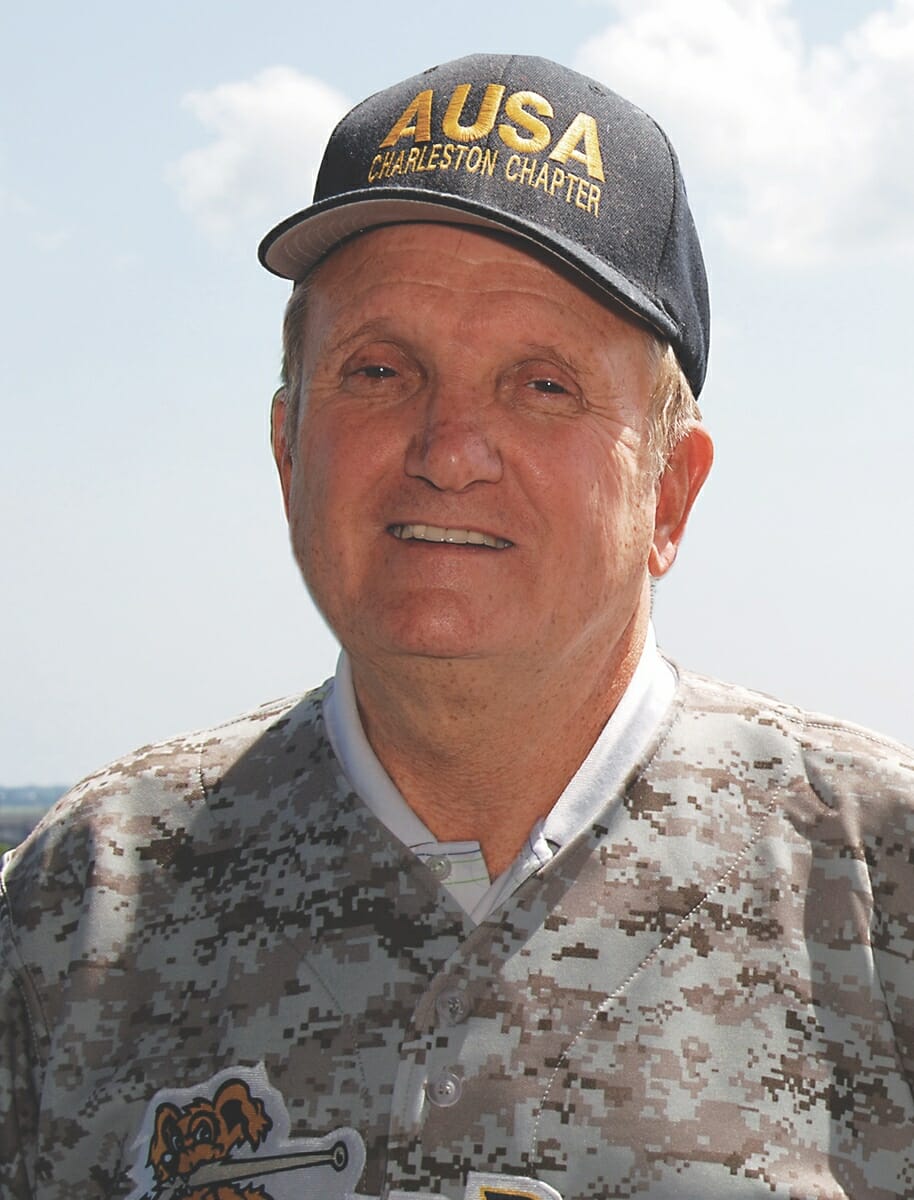By Scott Graber
It is Monday, and I’m at Port Royal’s Corner Perk drinking a vanilla infused latte. I have largely resisted the flavor revolution seeping through the world of coffee; but sometimes one has to experiment.
This morning I’m with Kate Schaefer, who heads the Open Land Trust, and this morning we’re focused on Jasper County.
Actually our conversation ranges from Schaefer’s childhood in Pittsfield, Mass., where she was first introduced to the fields and flowers of Berkshire County, to her work with Dana Beach in and around Charleston County.
In particular we talk about a four-lane highway that was built across John’s Island in order to connect Charleston with Kiawah Island — a road that extended Charleston’s urban growth boundary to Angel Oak.
“In every sense, Jasper County will get the benefit of the mistakes made in Charleston County. It also gets to ponder what happened in Bluffton,” Schaefer says.“In 2023, Jasper County Council decided to impose a moratorium (on growth) and think about what could happen in their County.”
But now Jasper’s Council is coming out of it’s self-imposed “time-out,” where it tried to imagine it’s future. Council is emerging from relatively relaxed discussions of existing zoning, existing infrastructure and what would be the logical, rational result if the current zoning and land use practices remain in place.
Council is about to act on it’s meditations about where growth should be encouraged and where it should be discouraged. In this connection, it has identified a large chunk of land that runs from the Broad River on the North; to the Savannah River on the South; and roughly follows Highway 462 as it meanders around Ridgeland and down toward Hardeeville.
This chunk is sometimes called the “Euhaw Cultural Heritage District” and it takes in plantations and hunting clubs like Chelsea, Okeetee and Good Hope giving way — on its southern exposure — to the existing, explosive building of houses now underway in Hardeeville.
In terms of this cultural heritage area Council is considering a density of “one house for every 10 acres …”
When Schaefer says this, I groan because I remember what happened when we (here in Beaufort) tried to impose a rural, “one to five density” back in the early 90s. In those long gone, sepia-tinted days, I was involved with Beaufort’s first effort at comprehensive planning. I remember that when this ratio was floated at the Lassiter Theatre (on MCAS Beaufort) there was immediate push-back from the “development community.” I remember the shouting, the red-faced fist-shaking claims that “This is a taking!”
But what I also remember were the opportunistic, density-driven annexations that came next. In particular I remember Bluffton, Port Royal and Beaufort annexing large tracts of undeveloped land that were visually “contiguous” to their existing municipal boundaries. I remember watching Bluffton annex Palmetto Bluff; Port Royal annex Parris Island and then jump across Port Royal Sound and grabbing a parcel on the Chechesee River. I remember and regret the resulting cheek-to-jowl auto-mile metroplex that now connects Bluffton and Hardeeville.
But as I relived those unhappy, unintended consequences, Schaefer cooled my fevered brow with “But then we have the recent acquisitions at Slater, Gregorie Neck and the Coosawhatchie Wildlife Management Area …”
These three tracts were recently acquired and protected from commercial and suburban development. These tracts are near Coosawhatchie and will keep the headwaters of Port Royal Sound pristine. “And the Wildlife Management Area will be open to the public”, Schaefer adds.
“Then there is the Marine Corps,” she says.
Schaefer explains that the U.S. Marine Corps wants to expand what they call the “Military Special Use Airspace” around the Marine Corps Air Station. It has become a player in this “acquisition of development rights” game wanting to keep the land (underneath its F-35s) sparsely populated, rural.
For several months it has appeared that an “overlay district” of some diminished density was on its way to passage in Jasper County, However, Marty Sauls, proponent, recently resigned his seat. Thereafter there was also a race between Barbara Clark and John Kempt for an at large seat on the Council.
Kempt defeated Clark by 5,000 votes.
Recent referendum history shows Jasper’s propensity pay another penny for transportation ($376 million) and green belt acreage (94 million); but it remains to be seen if the new Chairman, John Kempt, and Council will still look to the “overlay” to protect the Northern, largely untouched and undeveloped parts of Jasper.
Scott Graber is a lawyer, novelist, veteran columnist and longtime resident of Port Royal.








